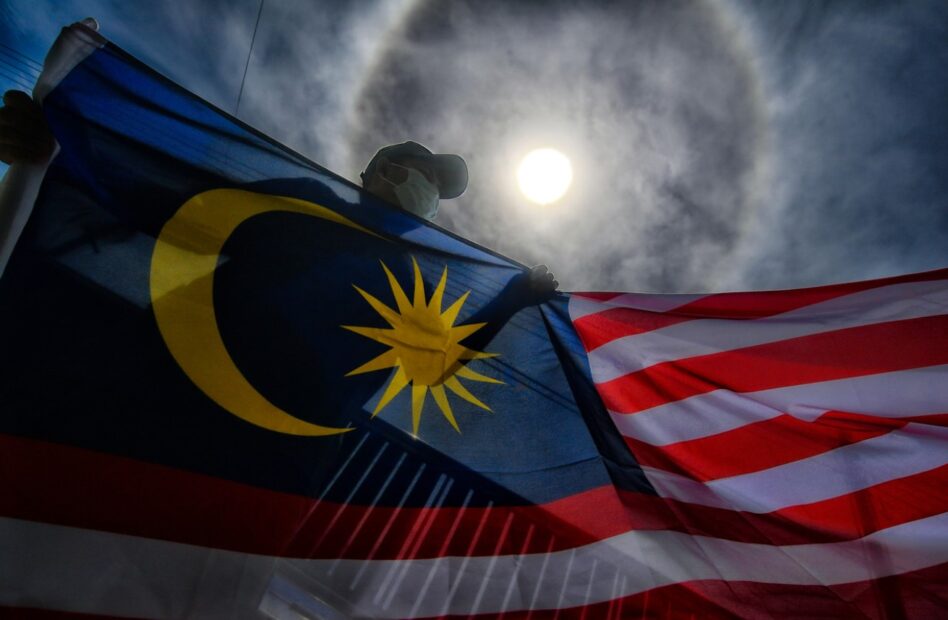THE last C-17 military cargo plane departed Hamid Karzai International Airport on Aug 30, as part of the US troops’ withdrawal plan from Afghanistan, which began gradually in February.
This apparently brought the US’s longest conflict to a close.
Many leaders from Organisation of Islamic Cooperation (OIC) member countries welcomed this as a victory for the Taliban, while others viewed it as a defeat for the “mighty” US, citing its failure in the Vietnam War as an example.
The perception was that after the Taliban took control of Afghanistan, things would rebound, but that did not happen.
The terrorist attacks
Taliban has been attacked by other terrorist groups such as Islamic State in Khorasan Province (ISIS-K), which opposes Taliban doctrine and leaders, in various parts of Afghanistan since September.
Not only were Taliban militants killed but also innocent individuals including children and women. They were perceived as collateral damage.
On September 18, at least seven people were killed and 30 others were injured in a series of explosions in Jalalabad, the capital of Nanjarhar province, and Kabul’s Dasht-e-Barchi neighbourhood in eastern Afghanistan. ISIS-K claimed responsibility.
In a series of attacks since the Taliban took control of the country in mid-August, attackers hit Taliban vehicles in eastern Afghanistan on September 22, killing at least two Taliban militants and three civilians, including two children.
These attacks were also alleged to have been carried out by ISIS-K, which is based in eastern Afghanistan.
The Taliban and ISIS-K have long been rivals and the former is under pressure to control the latter, in part to keep a pledge made to the international community that it would not allow terrorist attacks to be staged from Afghan terrain.
Several people were killed and at least 20 others were injured after an explosion occurred outside Kabul’s Eid Gah Mosque during a memorial service for Taliban spokesman Zabihullah Mujahid’s mother on Oct 3.
Since Taliban’s ascendancy, ISIS-K fighters have upped their attacks against them.
The likelihood of a larger clash between the two groups has increased as a result of the surge. It also raises the question of whether the Taliban is capable of maintaining Afghanistan’s peace and security.
On Oct 8, ISIS-K claimed responsibility for a suicide bombing at the Gozar-e-Sayed Abad Mosque in Kunduz Province, that killed more than 40 people and injured 143 others.
The mosque is frequently visited by Shia Muslims. According to ISIS-K, the attack was aimed at both Shia Muslims and the Taliban, who appeared to be willing to deport Uighur Muslims.
Since the Taliban took power, similar violent attacks against Shia Muslims and other minorities have intensified. Following a 20-year insurgency, these attacks severely erode the Taliban’s legitimacy as a guarantor of a competent administration.
The question is whether the Taliban is sincere enough to follow through on its commitments under the Doha Agreement. Plus, will Qatar play a pivotal role in pressuring the Taliban to adhere to the agreement?
ISIS-K, more radical than Taliban?
ISIS-K is a regional affiliate of Islamic State that operates mostly in Afghanistan. With the exodus of Tehrik-e-Taliban (TTP), Al Qaeda, and Taliban fighters active in Afghanistan and Pakistan, ISIS-K filled the void in 2014.
ISIS-K is an Islamic State “wilayah” or province, and Khorasan refers to a historical territory that spanned in areas covering Afghanistan, Pakistan, Turkmenistan, Tajikistan, Uzbekistan, and Iran.
Pakistan was initially added to the original group until a separate Pakistan section was established in May 2019.
According to the Center for Strategic and International Studies (CSIS) report, this terrorist outfit carried out 83 operations between January 2020 and July 2021, killing 309 people.
Since January last year there have been 13 attacks or violent skirmishes against Taliban forces.
ISIS-K considers almost everyone as its adversaries and has attacked Afghan security forces, its politicians and ministries, the Taliban, religious minorities like as Shiites and Sikhs, US and NATO troops, and foreign aid organisations.
This group reportedly also targetted girls’ schools, hospitals and even a maternity facility, killing pregnant women and nurses.
They operate in eastern Afghanistan, particularly provinces such as Nangahar, Kunar, Jowzjan, Paktia, Kunduz, and Herat, which are near to a drug and human trafficking routes into and out of Pakistan.
It is the most extreme and violent of Afghanistan’s Islamist insurgent groups to date.
Moreover, it even considers Taliban terrorists as “apostates”, making their assassination “permissible” in their eyes.
This group also accuses the Taliban of giving up on jihad and the battlefield, in favour of a negotiated peace agreement.
ISIS-K, in my opinion, will continue to pose a danger to the Taliban rule, and the tribal structure will make it more difficult for them to rule Afghanistan effectively.
The destruction of the Caliphate in Iraq and Syria will give a framework for them to build another Caliphate in this region.
The persistent influx of foreign terrorist fighters (FTFs) into ISIS-K is evidence that the fight between the Taliban and ISIS-K will be Afghanistan’s next civil war. – Oct 25, 2021.
R Paneir Selvam is a senior lecturer at the Faculty of Business, Economic and Accounting/Institute of Crime and Criminology, HELP University.
The views expressed are solely of the author and do not necessarily reflect those of Focus Malaysia.
Pic credit: Reuters









